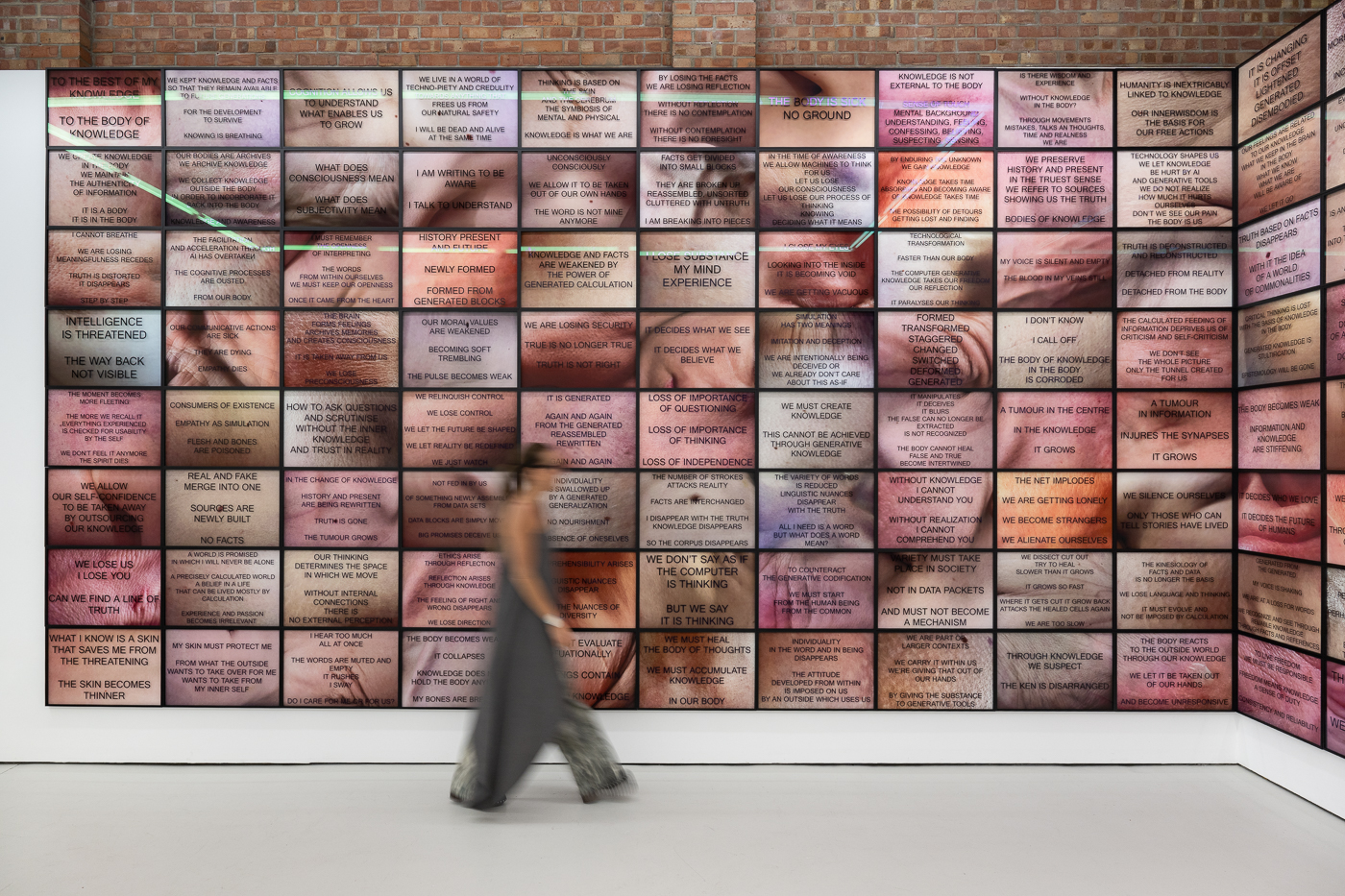
PRESS RELEASE INSTALLATION VIEWS ARTWORKS ARTIST INFORMATION
JULIETTE STURLÈSE
24 MARCH — 22 APRIL 2023
OPENING RECEPTION
THURSDAY, 23 MARCH, 6–8PM
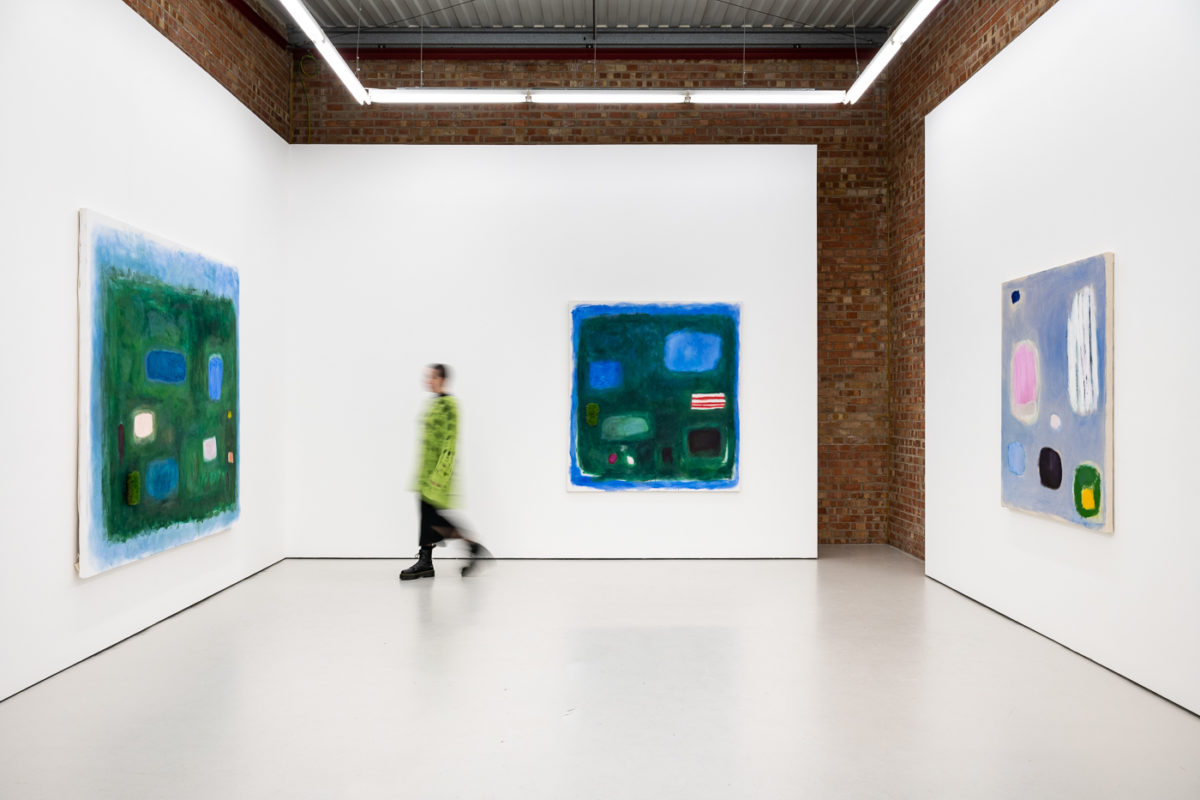
PRESS RELEASE
Press preview in presence of the artist: Thursday, 23 March, 5pm
The smell of fresh cut grass in the summertime, wet soil underfoot, big blue sky unfurling overhead. With a Proustian sensibility towards memory and the ways it bubbles up across space and time, the work of French painter Juliette Sturlèse (b. 1989 in Paris) deftly manipulates colour and light to channel subconscious sensory experience. In A little mouse was running through the grass at Annka Kultys Gallery, the artist’s first solo presentation in the UK, viewers find themselves gently enveloped by ten luminous works that behave like portals between inner and outer worlds.
Sturlèse is based between Berlin and Sheffield, a city in the north of England that’s cradled by the ever-rolling hills of the Peak District. As spring showers give way to summer sun, these gentle undulations in the landscape turn a shade of emerald green that’s almost fluorescent, finding a ready match in Sturlèse’s rich colour fields. Buttery swatches of sun, misty strokes of sky, the subtle strata of soil and green earth: in Sturlèse’s scenes, these natural elements are rendered through abstract forms and mental landscapes, brought to life through colour associations. Building on the French iteration of Abstract Expressionism, where inscrutable symbolism gives way to lyricism and a sense of poetry in motion, Sturlèse’s paintings are both seductive and enigmatic, coaxing the viewer into a state of unconscious thought.
The artist was a dancer when she was young; her body remembers these movements, and the canvas keeps the score. A penchant for working at a large scale gives Sturlèse’s work an immediate impact, revealing for the viewer both the physical motions and the almost trance-like state that the artist enters into to create each painting. Yet in their size, her paintings resist the macho tropes of American Abstract Expressionism—splodgy, frenetic, dark, edgy—instead working through a focused precision that hones the vibrations and relationships between colours. Influenced by the American painter Joan Mitchell, whose work Sturlèse first encountered in the Centre Pompidou at age 17, Sturlèse’s work possesses a similar magnetism that veers into the cosmic. Working with a combination of oil paint and beeswax, which isolates each pigment and gives Sturlèse’s canvases an uncanny luminosity, each painting contains its own ecosystem of colour, shape, texture, and light, where symbolic connections are revealed through a kind of synesthesia.
There is also a feminine sensuality to Sturlèse’s paintings, which bear traces of both Georgia O’Keeffe’s playful, richly hued symbolism, and Hilma af Klint’s mystic, large-scale scenes. But in Sturlèse’s work, both the appearance of recognizable forms and the sacred geometry of triangles and circles are swapped out for blobby, atmospheric shapes that swirl, amoeba like, in the painter’s colour fields. Vaguely embryonic, her compositions appear to exist on both micro and macro scales: each scene could be spied beneath the plates of a microscope, or the expanded vista captured by a space telescope. Sturlèse’s multiscalar canvases are a kind of world-building, a delicate interpolation of memory, landscape, and feeling. “Trying to hold together the inside and outside of a world,” the artist shares, “I begin with how it appears and move into how it feels.”
In Sturlèse’s most recent series completed in 2023, A little mouse was running through the grass, the artist’s playful layering of colour and meaning finds a new material outlet: astroturf, discovered in a bin near her studio. The spongy, bristly texture of this synthetic slice of nature is somehow reminiscent of public hair; thrown into the matrix of the canvas’s other inhabitants, the plasticky interloper is both a cheeky and sensual feminine presence. Free range, the astroturf chunks are loosely attached to canvas with magnets; they can be moved around to morph a composition, creating new meaning in the process. In the sunny expanse of Pelouse au soleil, the fake grass hovers above a sapphire blue rectangle like a peninsula or boomerang; meanwhile, manifesting in the mash-mash landscaping of Jardin, chaise et coccinelle, the turf appears to hover between blue and green islands, facing off against a Francophilic blob bedecked with red-and-white stripes. A small, light pink orb—which Sturlèse affectionately terms as her own presence in each painting—hovers alongside a magenta swatch, as if watching the bigger shapes hash things out on the lawn.
Within this series, colour differences signify Sturlèse’s different environments, or worlds. With its yellowy backdrop that’s flanked in blue, Pelouse au soleil is an homage to the sun, while the paler pink-blue backdrop of dans le ciel embodies the sky. The large-scale trio of canvases, Limaçons dans le gazon, Mon chien Figaro dans le jardin, and Jardin, chaise et coccinelle, all feature an emerald green backdrop that’s tinged with blue undertones, representing the Earth, soil, and the fluctuating cycles of decay, death, rebirth, and life that take shape beneath our feet. The garden theme is continued in the smaller-scale works, which are rendered in lush shades of blue and green.
Like a visual translation of Maggie Nelson’s celebrated prose-poem collection Bluets, which expands on the writer’s multifaceted relationship with the colour blue, the constellation of paintings comprising A little mouse was running through the grass are tethered together by their relationship to this colour, which appears in every work. Social scientific investigations into colour suggest that blue and green are perhaps the broadest of colour fields: humans see more shades of green than any other colour, while blue is so strong in the spectrum that even a person who is blind can almost feel it. Sturlèse likewise draws on blue and green as powerful carrier bags for multiple atmospheres, environments, and states of being.
Increasingly, the French artist has engaged with gardening and permaculture, as two activities that strengthen her relationship with the Earth, soil, and landscape: themes that appear time and again in her work. Thinking again to the question of scale in Sturlèse’s work, the capacity for each painting to exist as cell or as cosmos, one is also reminded of Daisy Hildyard’s essay, The Second Body. The writer suggests that every individual body, human or nonhuman, also makes up a larger planetary body, which may be considered a collective ecosystemic body. Every action performed by the individual body has a direct consequence to the health of this planetary body: from carbon emissions to tending a garden. The trick is to see these two bodies and their mutual survival in tandem; through its multiscalar approach, Sturlèse’s work offers us a powerful and poetic window into this more-than-human consciousness.
Sturlèse’s work is a far cry from figurative painting, but one could also argue that the paintings in A little mouse was running through the grass challenge the idea of representation itself: they may be better understood as landscapes of the mind. In the artist’s compositions, shapes appear to form themselves from colour fields, which could also be articulated as chromatic washes of feeling, non-linear access points for a mental free dive. In this series, Sturlèse aims to pare back her work to the loosest possible symbolism of the elements and cosmos—earth, water, air, sun—so as to dilate our capacity for response. In Sturlèse’s practice, painting becomes as much about accessing a state of mind as an avenue for deeper exploration of colour, memory, and landscape. Here, her canvases become sites for reflection and transportation, where internal worlds are always unraveling to meet worlds beyond.
SELECTED PRESS
Juliette Sturlèse: A little mouse was running through the grass
INSTALLATION VIEWS
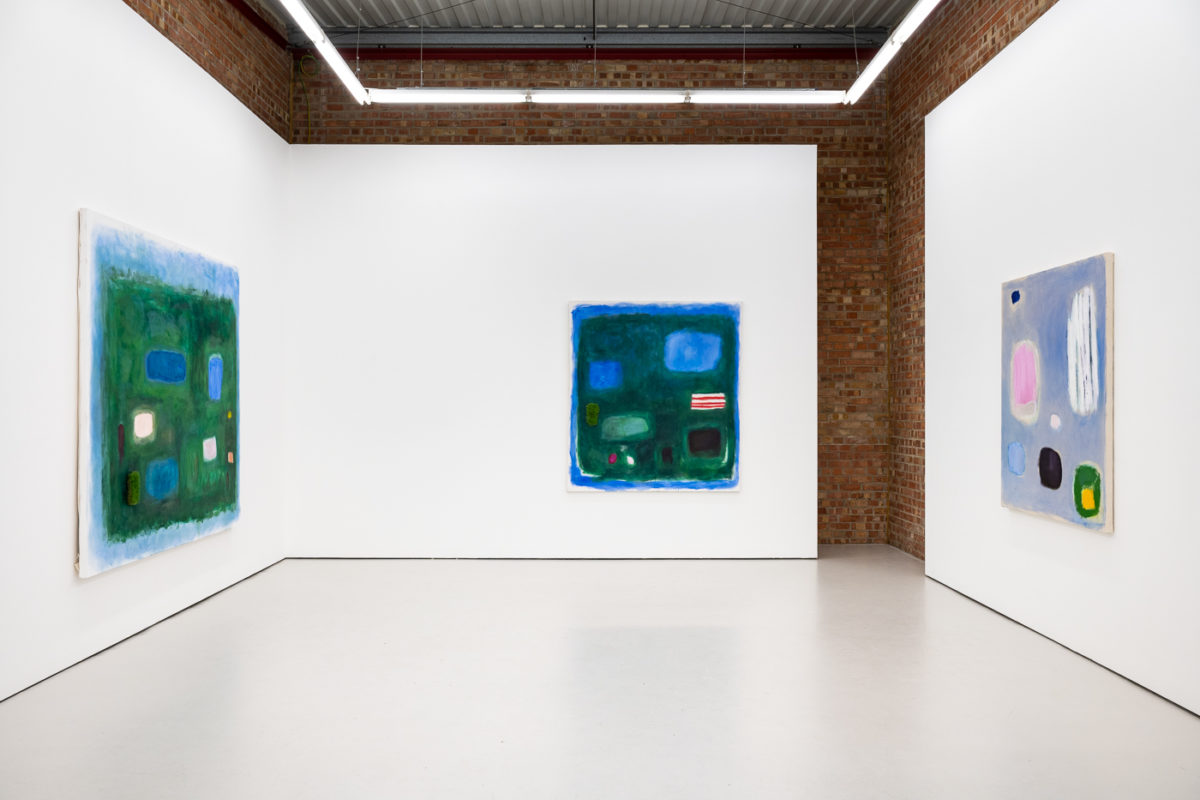
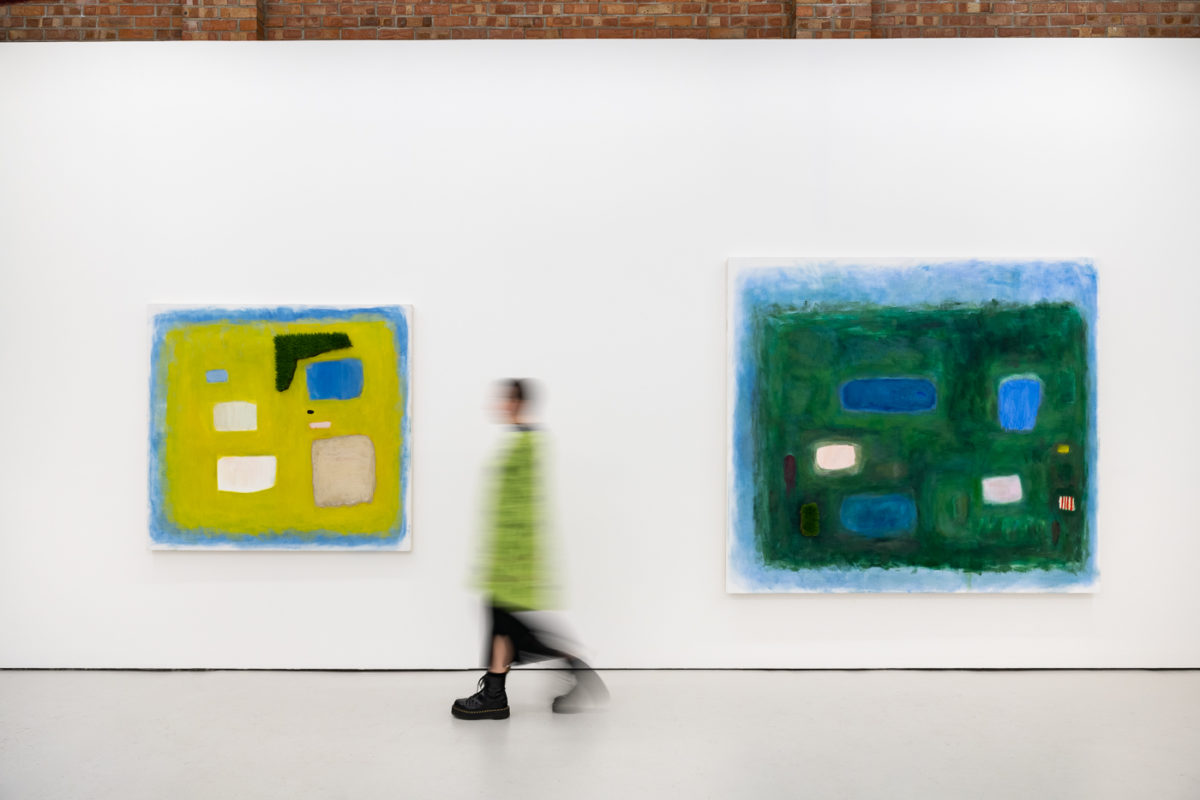
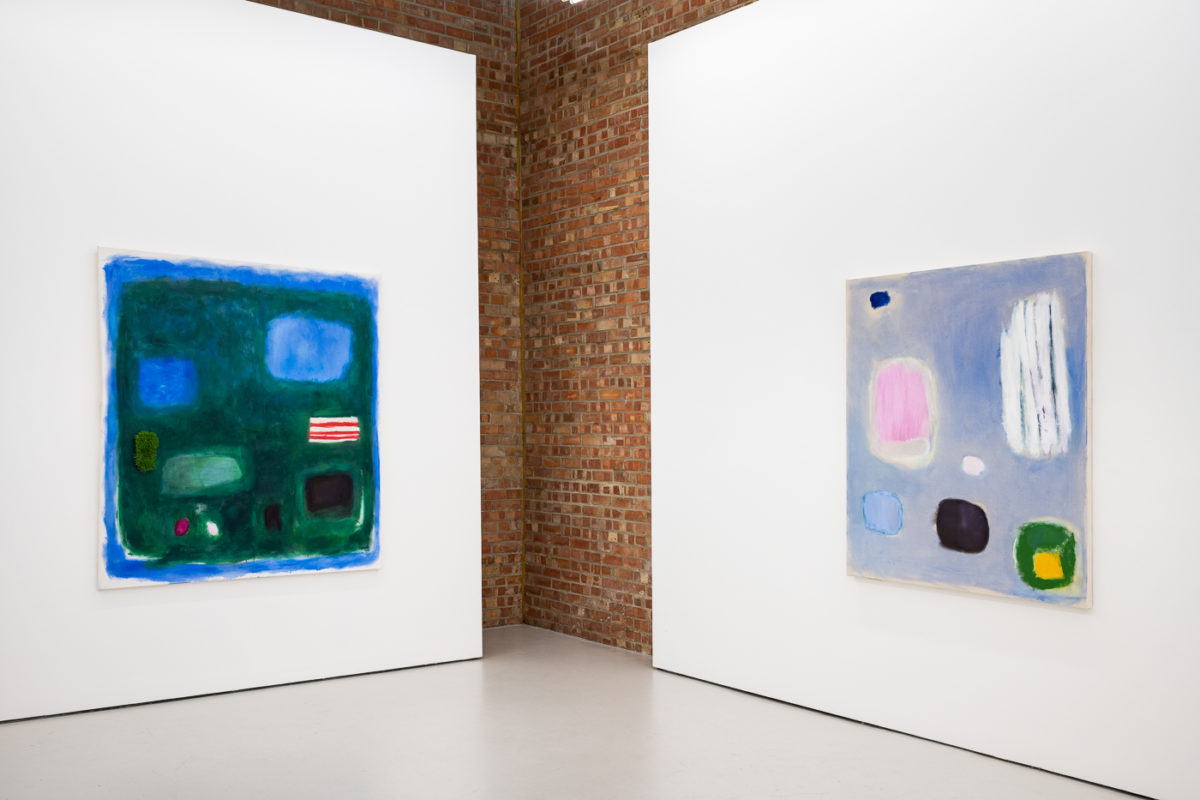
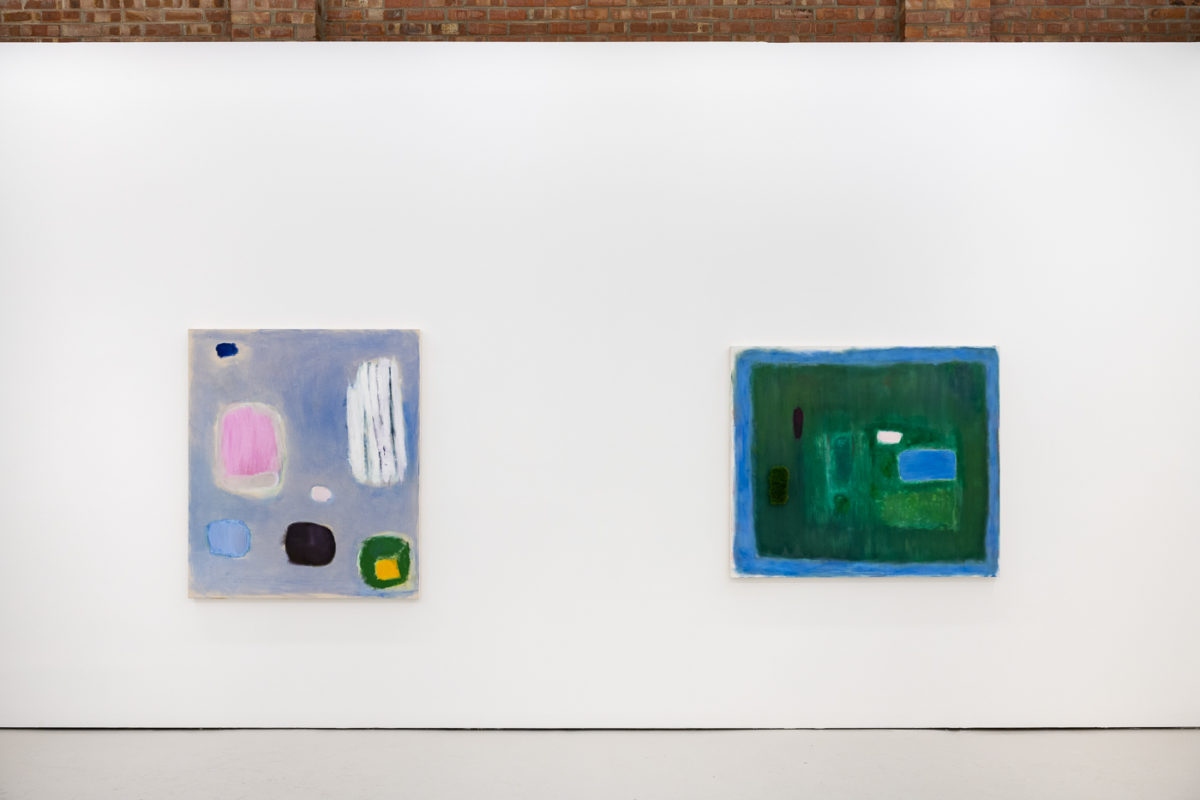
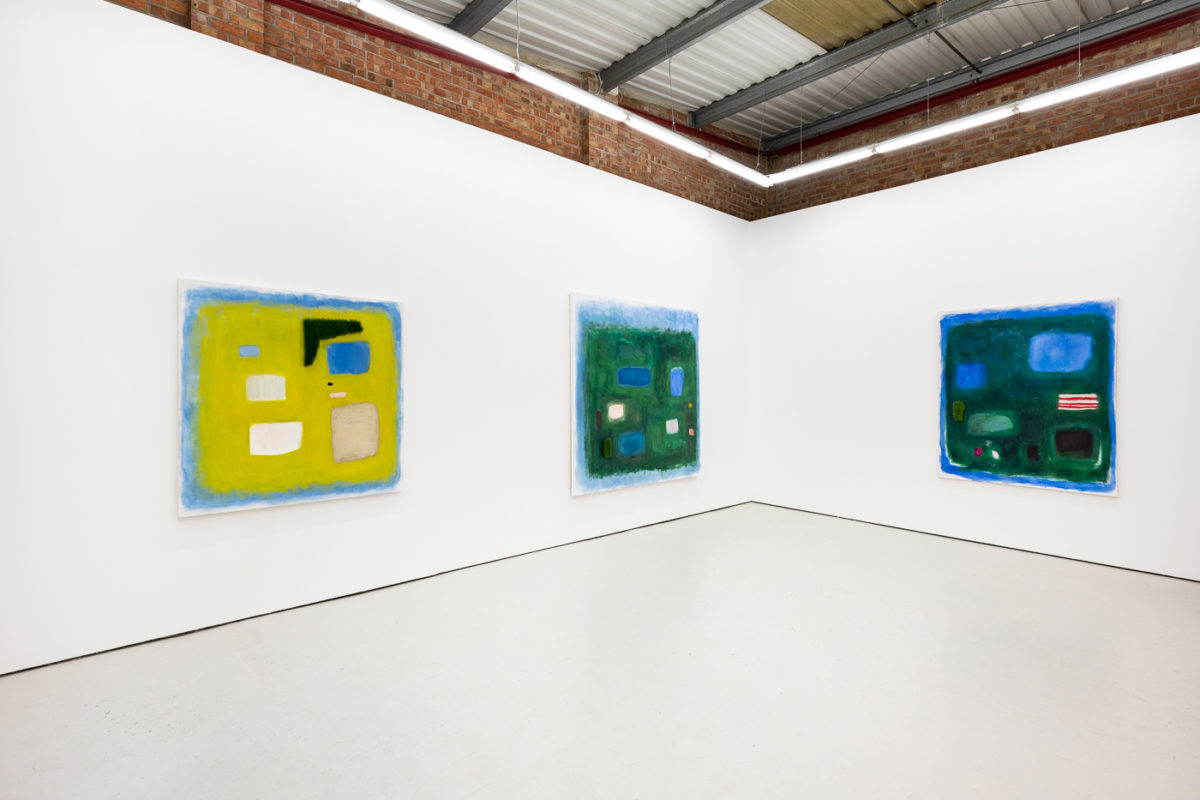

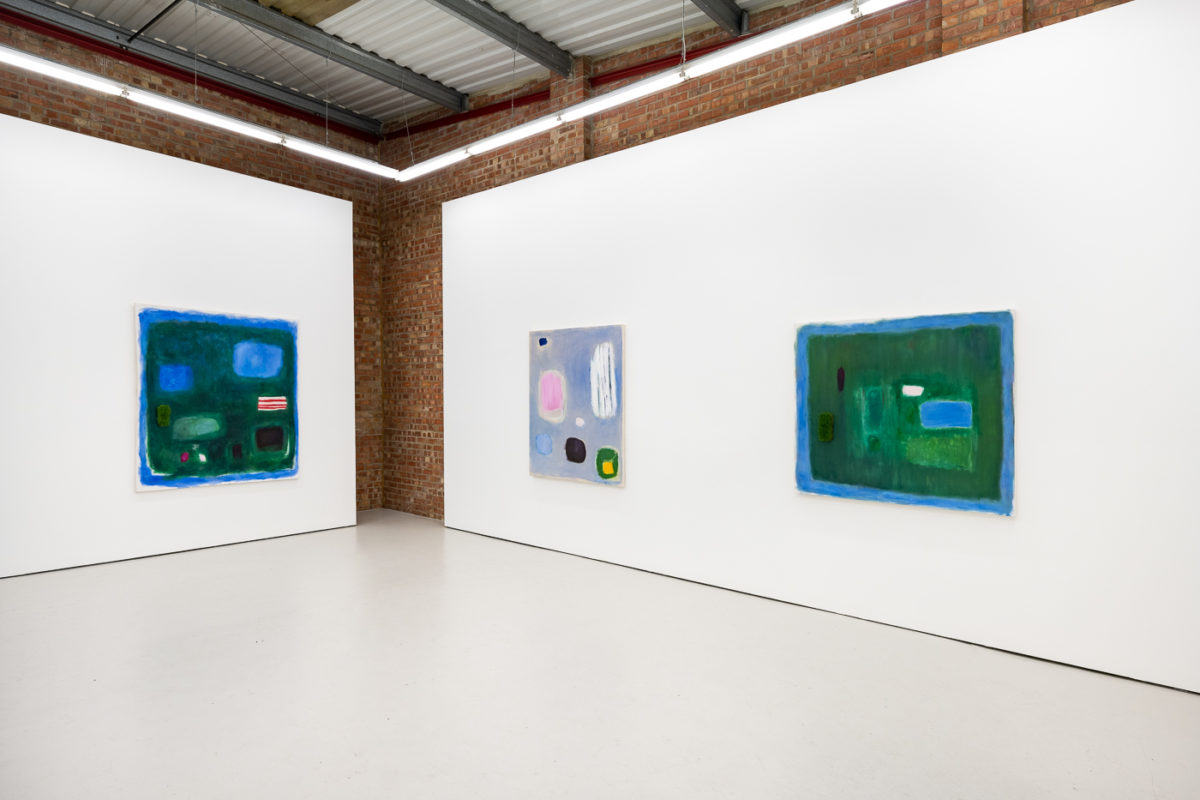
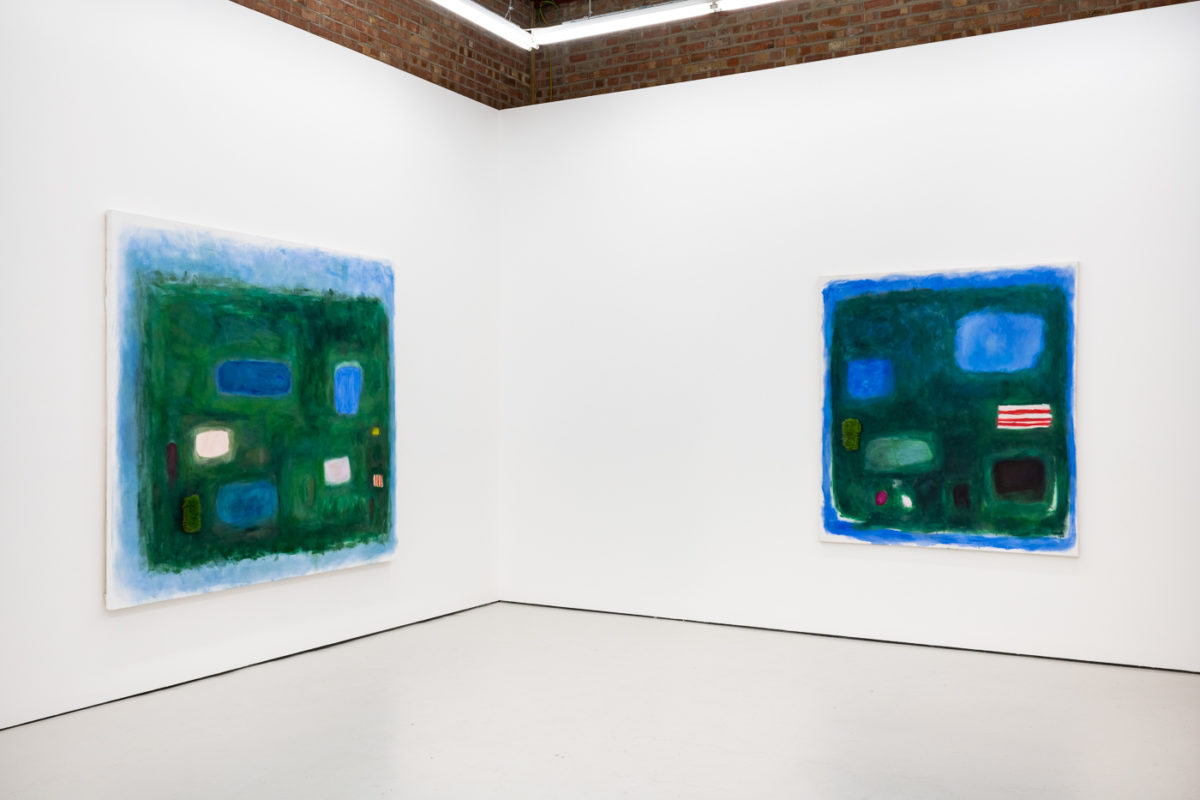
ARTWORKS
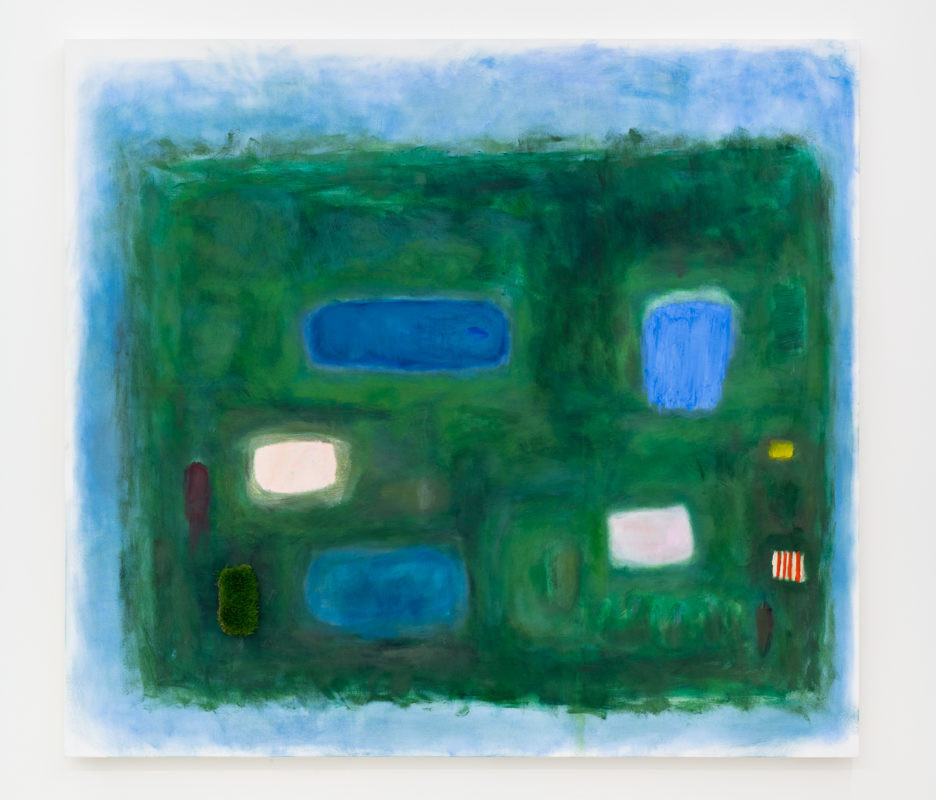
Limaçons dans le gazon
2023
Oil, beeswax, and recycled turf on canvas
190 x 210 cm
(74 7/8 x 82 5/8 in)
Unique
(JStu005.23)
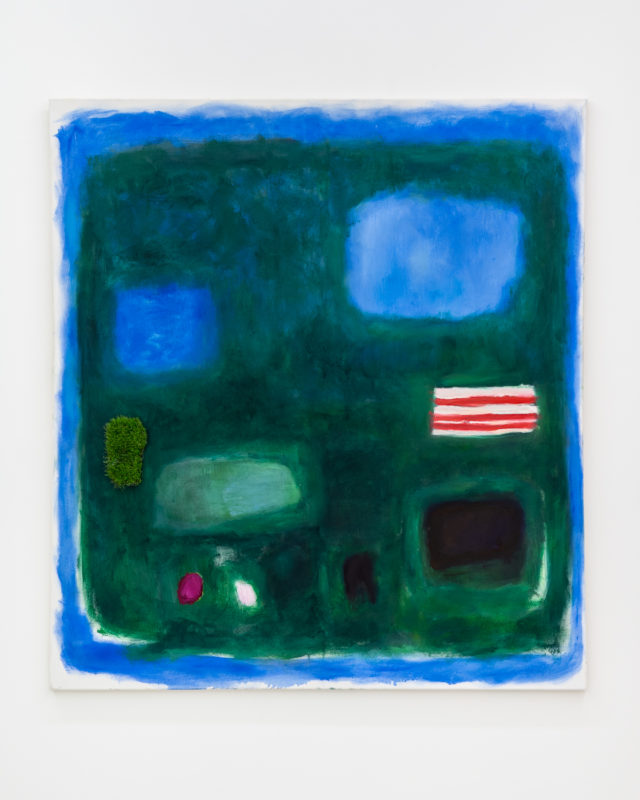
Jardin, chaise et coccinelle
2023
Oil, beeswax, and recycled turf on canvas
165 x 150 cm
(65 x 59 1/8 in)
Unique
(JStu006.23)
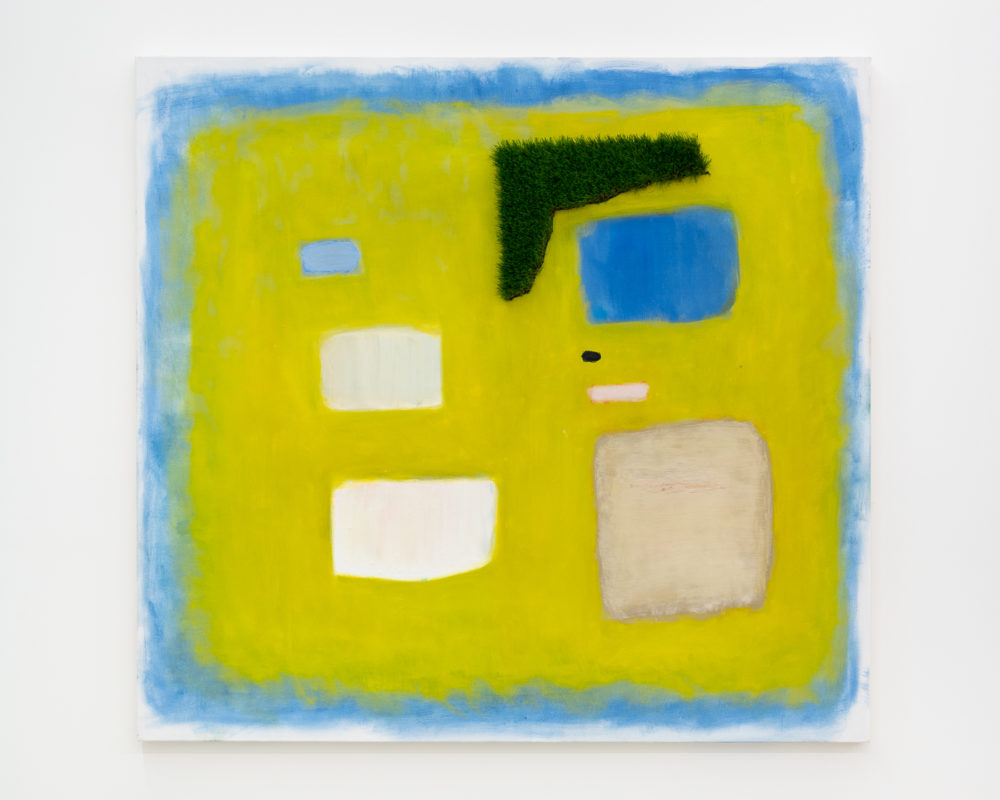
Pelouse au soleil
2023
Oil, beeswax, and recycled turf on canvas
140 x 150 cm
(55 1/8 x 59 1/8 in)
Unique
(JStu007.23)
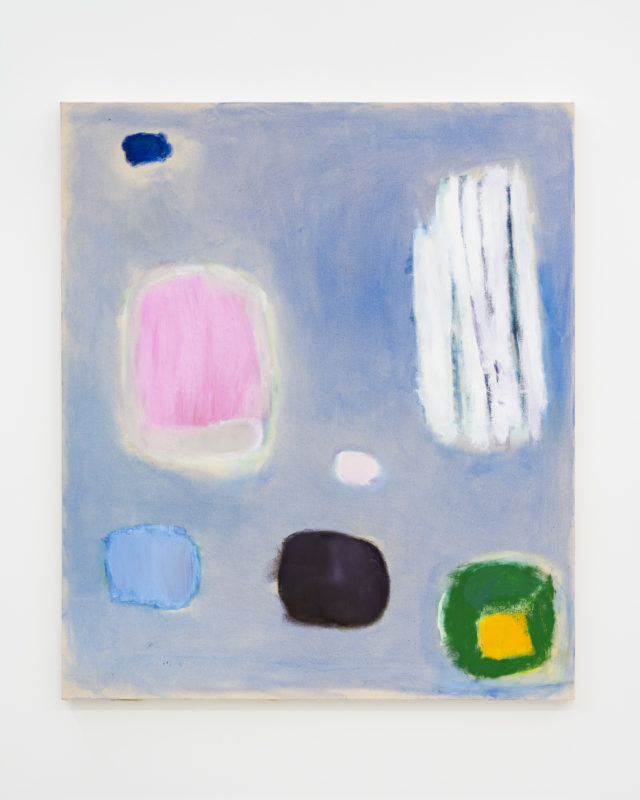
Dans le ciel
2023
Oil and beeswax on canvas
140 x 120 cm
(55 1/8 x 47 1/4 in)
Unique
(JStu008.23)
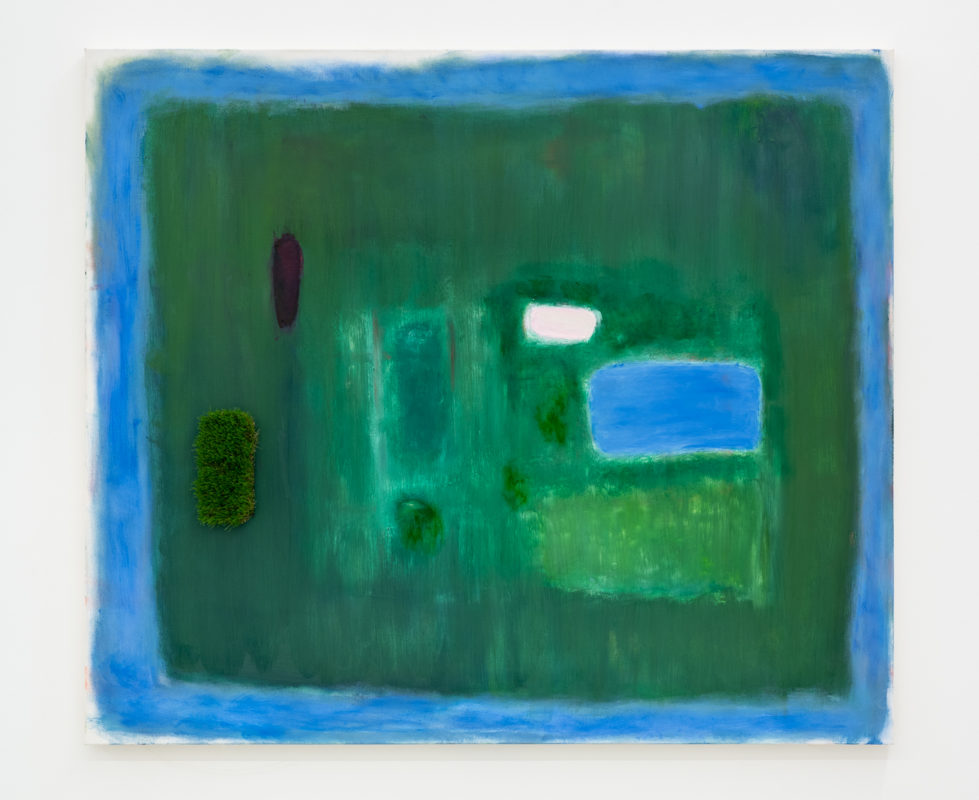
Mon chien Figaro dans le jardin
2023
Oil, beeswax, and recycled turf on canvas
120 x 140 cm
(47 1/4 x 55 1/8 in)
Unique
(JStu009.23)
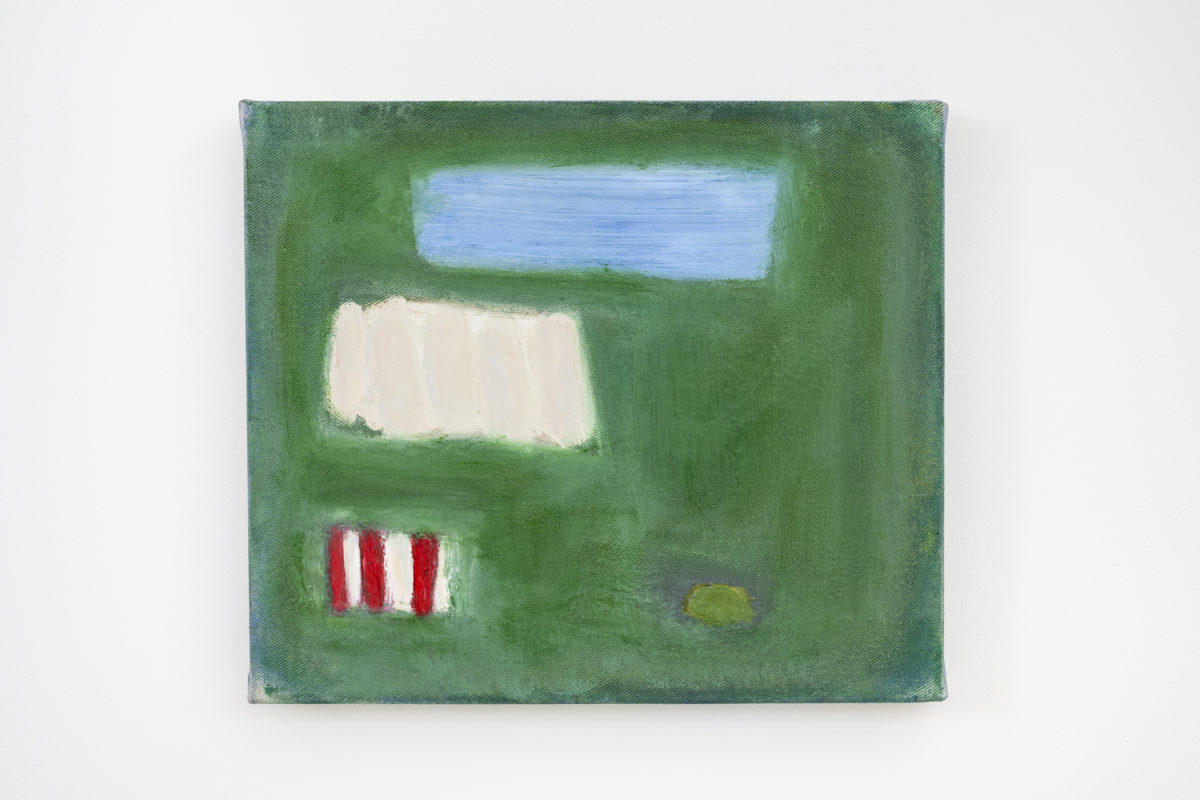
Tasse à café et chaise de jardin
2023
Oil and beeswax on canvas
31 x 36 cm
(12 1/4 x 14 1/4 in)
Unique
(JStu010.23)
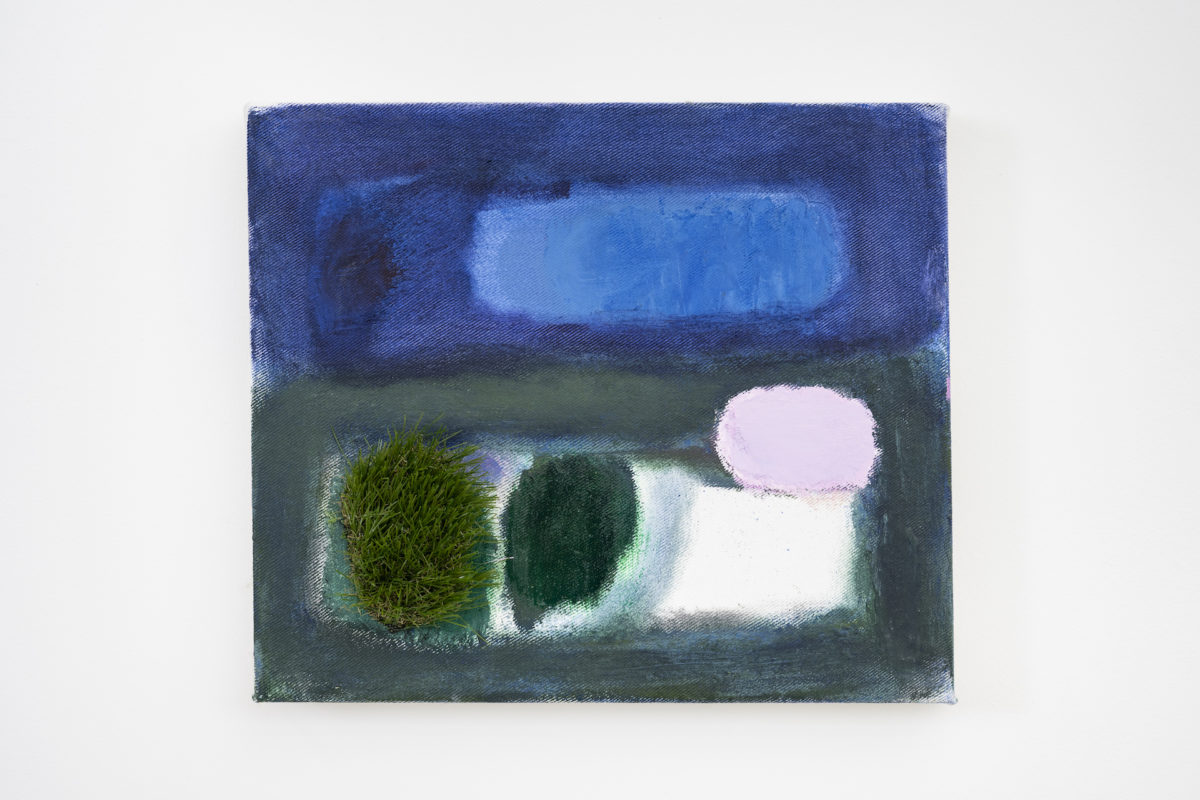
La nuit au jardin
2023
Oil and beeswax on canvas
31 x 36 cm
(12 1/4 x 14 1/4 in)
Unique
(JStu011.23)
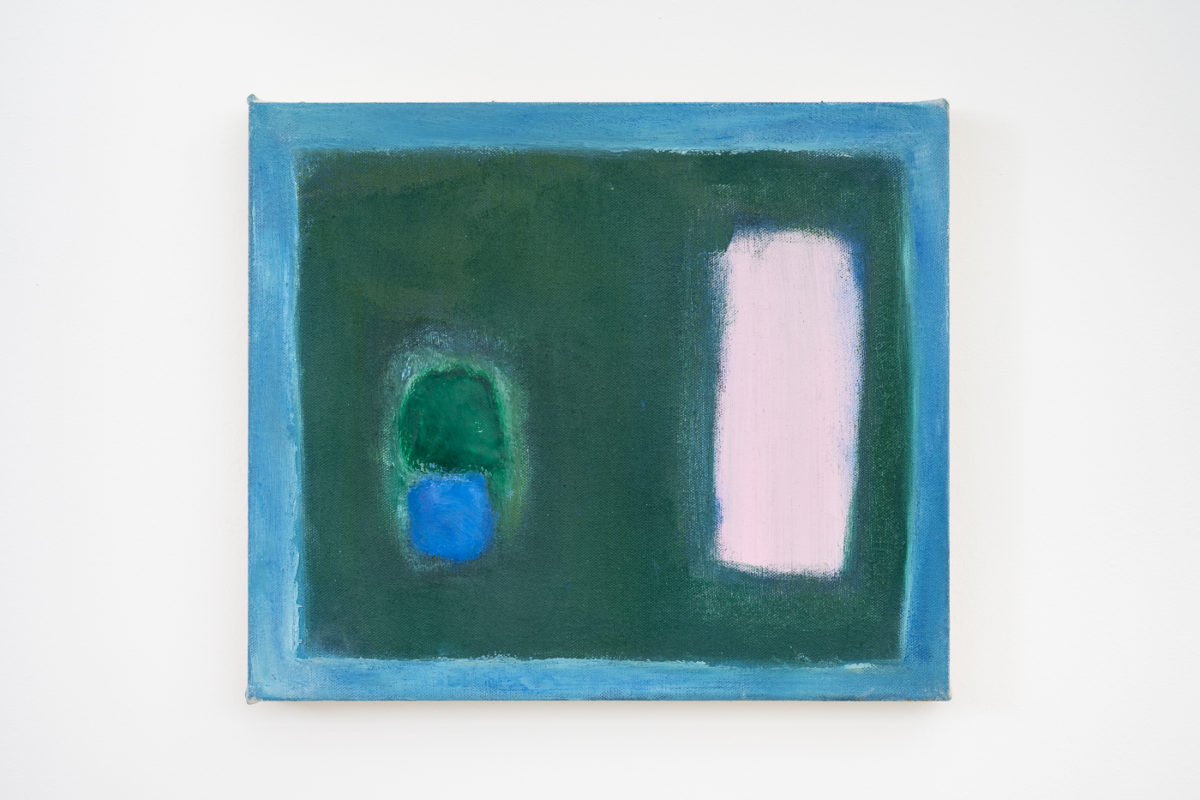
Une souris verte, qui courait dans l’herbe…
2023
Oil and beeswax on canvas
31 x 36 cm
(12 1/4 x 14 1/4 in)
Unique
(JStu012.23)
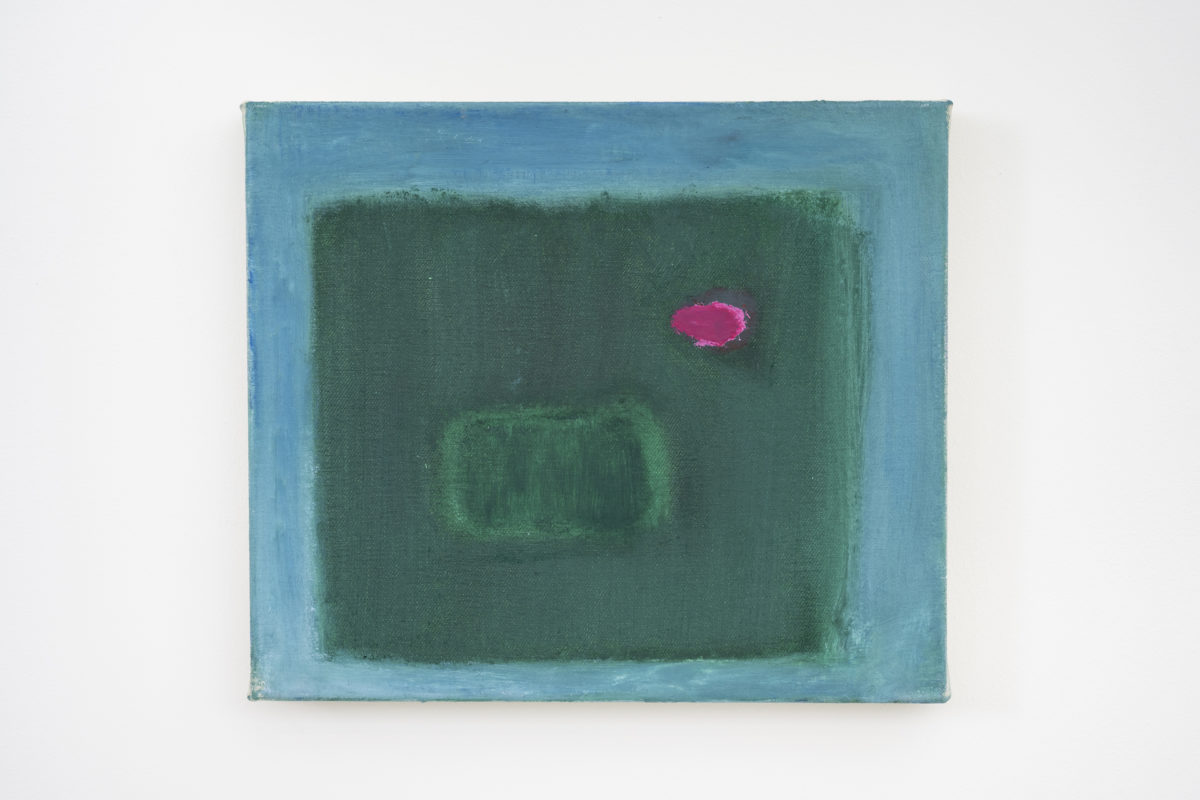
Rose au ballon (hommage à Félix Valloton)
2023
Oil and beeswax on canvas
31 x 36 cm
(12 1/4 x 14 1/4 in)
Unique
(JStu013.23)
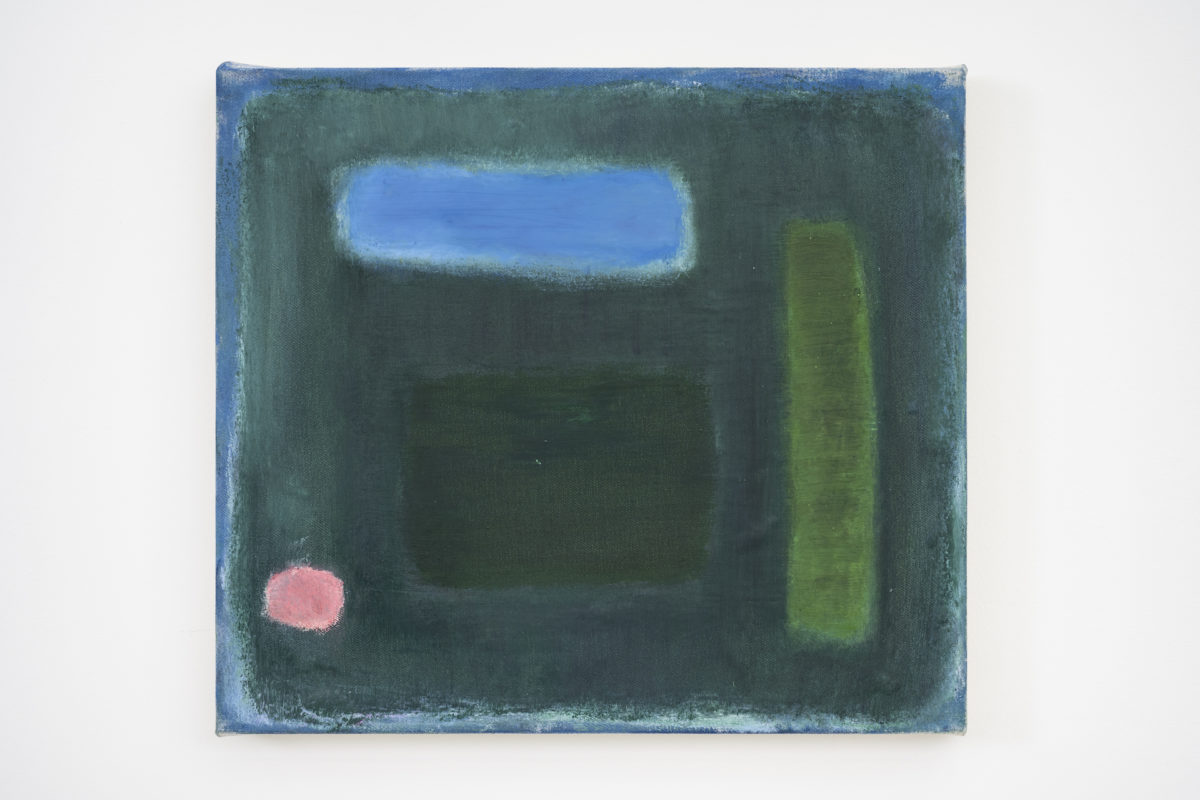
Chalkboard du jardin (hommage à CY Twombly)
2023
Oil and beeswax on canvas
36 x 46 cm
(14 1/4 x 18 1/8 in)
Unique
(JStu014.23)
ARTIST INFORMATION
Born in Paris in 1989, Juliette Sturlèse lives and works between Berlin, Germany and Sheffield, UK. An interest in the transportive capacities of colour, shape, and light guide the artist’s practice, which takes the form of large-scale abstract paintings rendered with oil and beeswax. Sturlèse is interested in the non-linear poetics of memory, particularly how the past bubbles into the future, and how sensory experience maps the parameters of personal/interior worlds onto shared/external worlds.
Placing a symbolic emphasis on colour, Sturlèse’s work acts as a cosmic portal into loose associations and landscapes of the mind. Equally meditative and stimulating, her works immediately engage the viewer with their size and vibrancy. Their imagined compositions channel elements of the cosmological, the ecological, and the feminine, possessing a cheeky sensuality that’s bristling with liveness. Through a precise painting process that cultivates dense, texturized colour fields through the application of beeswax, Sturlèse’s works appear like self-contained worlds that glow with their own radiance, inviting us deeper into a subconscious space that defies ready explanation or even understanding.
Sturlèse studied at the Sorbonne in Paris, the Accademia di Belle Arti in Bologna, and at the Kunsthochschule Weißensee in Berlin. From 2017-2019, she was a scholarship holder of the German National Academic Foundation. Sturlèse has exhibited widely across Europe, with recent presentations including solo shows at ANNKA KULTYS GALLERY in London and REITER in Leipzig, as well as several group shows at REITER in Berlin, Kunstraum Konrad in Puschberg, Austria, and Sabine Knust KUNZ in Munich.

